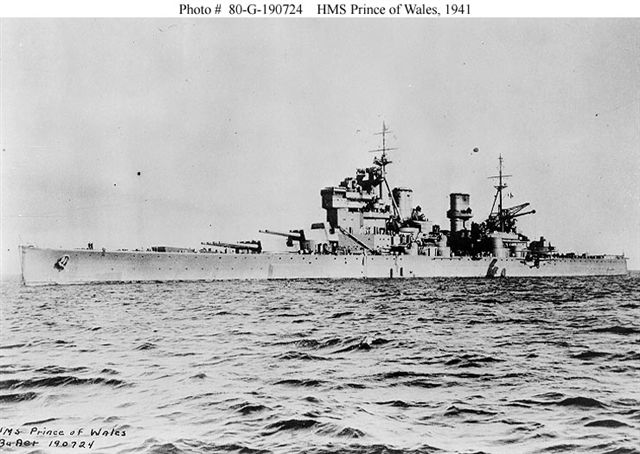|
HMS Prince of Wales and HMS Repulse Survivors Association: Protect the final resting places of hero’s who died fighting for their country
I am the current secretary for the Association ( HMS Prince of Wales and HMS Repulse Survivors Association), having taken over the role when my father, Kenneth Byrne passed away. My father served on HMS Prince of Wales and was 17 years and one month when the Prince of Wales was sunk; his friend was the same age but did not survive the sinking and still lies with his ship. This is something my father never forgot. Some people have suggested that most survivors do not own a computer or have access to the Internet. They are wrong. My father had his first computer at the age of 75, Internet ready. Most survivors have children, grandchildren and great-grandchildren who own computers and are able to simply type in HMS Repulse to a search engine. It is surprising what turns up. Some of the items on websites are very distressing as they contain images of human remains. I had the pleasure of meeting the late Shirley Ward. Her father Frank served on HMS Repulse, she was a baby when her father died. His final resting place is HMS Repulse. Shirley was one of the first persons to inform the association of the activity of divers on the wrecks. When I see a photo, clip of a film on the Internet, for all I know I could be looking at the remains of Shirley’s father, for that matter a father or grandfather of another member of the Association. When you have met these people personally you see a different picture. What should the association do, keep quiet or to work to try and protect the final resting places of hero’s who died fighting for their country, some of whom were only boys? I have a duty to report to members anything that is brought to my attention. The matter was again on the agenda for the AGM this year. Again the members voted for the Association to continue to campaign for changes in the law to stop divers entering the ships. This is what we shall do. Please don’t get me wrong, we do not want to stop divers visiting the ships, But please do not enter. Please do not disturb the final resting place of these men. We don’t just want this for HMS Repulse or HMS Prince of Wales, we would like this for all maritime war graves, what ever their nationality. If the law is not changed and international agreements set in place, one-day divers will be in HMS Hood and the Bismarck. The Association wants protection for every war grave whether on land or at sea. Yours sincerely
Australia has enacted The Historic Shipwrecks Act 1976, but as I read it, this act does not preclude any entry into sunken wrecks by Divers who have a permit to dive upon a specific wreck covered under this Act. Here is a copy of the Act:
|

